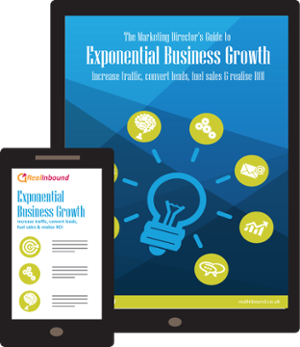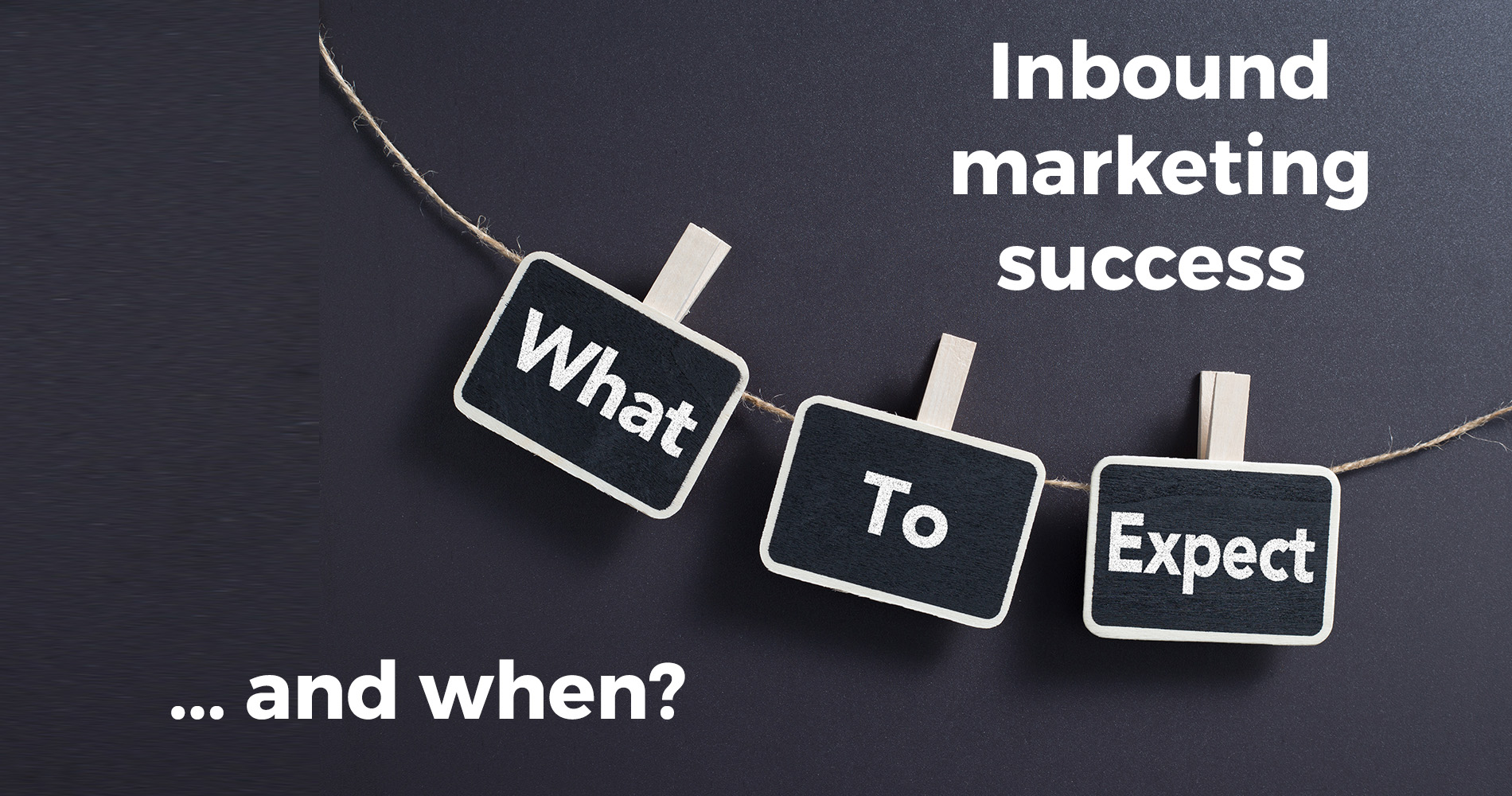The question we get asked a lot is whether inbound marketing or SEO strategy is the most important element of any business's online presence. The real answer is SEO is actually only one tactic employed by Inbound marketing and sits in the initial "Attract" phase of the inbound marketing methodology. And, therefore by its nature we use both strategies to promote your web pages. It would be impossible to achieve any significant SEO success without inbound marketing efforts and vice-versa.
Google is king these days and if you think about it, the majority of SEO decisions are based on what Google recommends or disapproves of as far as SEO practices go. Not every SEO tip will work with every website - so while researching this topic make sure you read up on best practices that work- not just ones that sound good on paper!
Inbound Marketing Versus SEO - What's The Difference?
Inbound marketing uses content to draw in potential customers. Inbound marketing is essentially a holistic approach to creating leads and opportunities. Search engine optimisation (SEO) is a tactic of Inbound that involves improving the volume or ranking of a website in search results by making changes at a structural level so that “search engines agree it has valuable and relevant content”. You need both inbound marketing and SEO if you want to use your website or blog effectively to generate leads.
How Does Inbound Marketing Work?
The objective of inbound marketing is to attract customers by providing content and experiences that are valuable to them. Inbound marketing is a method of creating opportunities without interrupting them. The digital marketing map is aligned with the stages of the buying process in such a way that:
- Get visitors to your site as they search for solutions to their problems
- Provide more information to anonymous visitors so that they can learn more about possible solutions to their problems
- Support customers' decisions and capitalise on their trust
- Treat your customers with care and turn them into brand advocates
After conducting a review of your target audiences, you can develop the most appropriate type of content for them and implement it in a way that meets their needs. For example, we are very attached to our mobile devices nowadays so this is where mobile-friendly websites come in handy when creating content for clients who have invested in such a website. These mechanisms help us ensure that users remain put as they read more information about your brand/product and any offers or services that you might be offering to them.
How Does SEO Work?
Search engine optimisation refers to the process of increasing organic search engine traffic to your site.
In recent years, Google has made its search engine user-centric by updating its algorithm. This means that if you want your business to be in a prime position where customers will see your site when searching for things related to what your business provides, it is very critical to include excellent content on your website.
Utilise your primary keywords but focus on engagement too! Make sure that what visitors see, read, and ultimately interact with (all in the form of visible advertising) is highly relevant both to the industry and advertisements and content that relate specifically not just to what may be mentioned by way of a search query but also to how searchers may explicitly expect to find information addressed by way of a website.
The steps to SEO are as follows:
- Research initial keywords
- aligning your website with keyword topics
- Complete optimisation of your website
- Optimise for keywords and support content
- Continually monitor and improve performance
Being at the top of search engine results is great, but if your content is not helping users find what they are looking for then your rankings will quickly become irrelevant. For example, if you don’t create quality blog content that aligns with your audience and encourages the right action steps then you will have wasted all of the time it took to gain those higher rankings.
If your goal is to generate qualified leads through an awesome piece of explainer video content or grow a vast social media following on Facebook or Twitter then we have got you covered. We have a proven formula (as well as an in-house team full of talented writers, designers, and techies) that ensures the quality and preservation of our content ensuring consumers always find their way to the right access point for whatever reason!
Inbound Marketing and SEO Are Convergent Concepts in Content Marketing
Building an Inbound Strategy is a way to attract new clients. A big part of the strategy is getting your content in front of the right people with SEO, you put your content in front of people who are looking for it! That might sound like a no-brainer but it’s pretty complicated. By “SEO” we don’t mean putting your site on Google Search; we mean optimising content to convert more users into customers. And this is where things get tricky because what works for one company may not work for another!
A common misconception is that technical SEO (metatags, backlinks, website quality, etc.) alone is going to result in increased traffic and sales. As a result, you will see traffic rising without seeing any net gains in terms of conversion rates when it comes to conversion rate optimisation. This is unless the website employs inbound marketing techniques, such as content generation for social media exposure, referral campaigns, and taking advantage of their potential client network.
There is the danger of being lured into this trap because one could argue that adding more quality content will never harm your search engine ranking or you haven't created any new content for years! Nevertheless, we've observed time and time again that focusing on technical SEO alone does not yield better results than incorporating inbound marketing principles.






